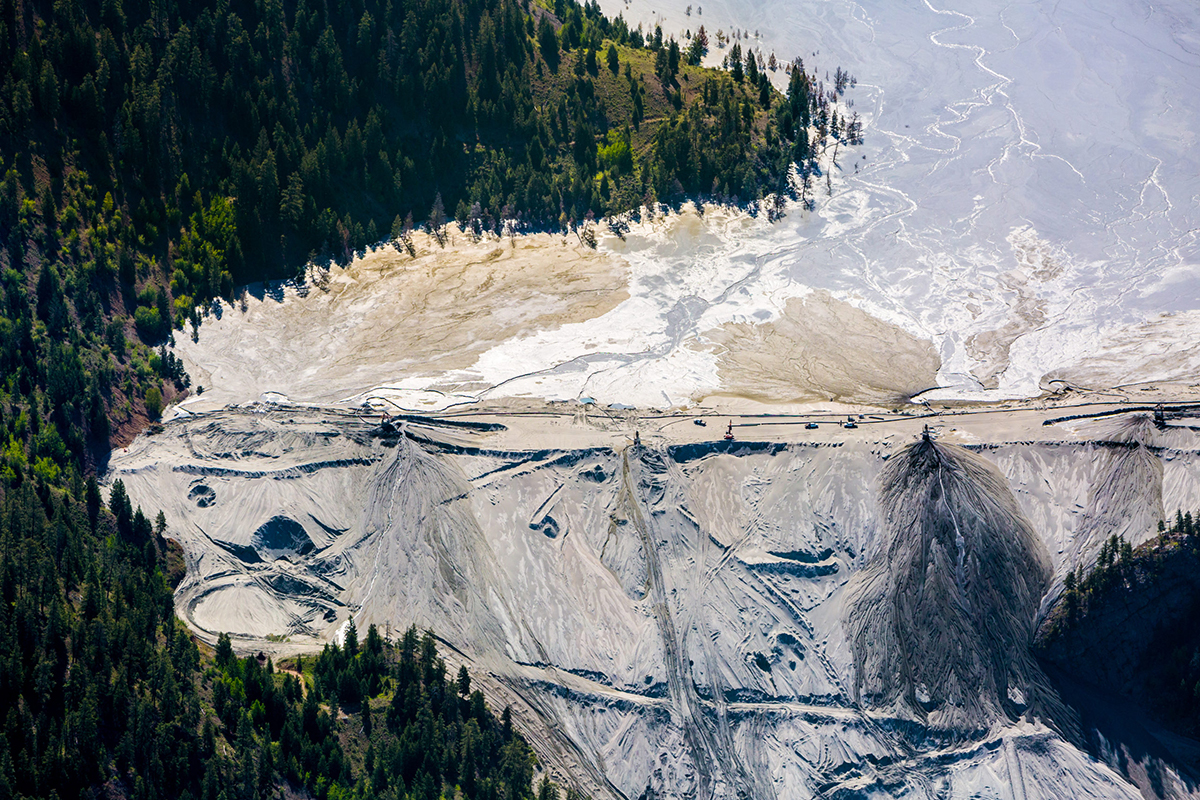
The government of British Columbia and the mining industry often claim to have the strongest environmental and social regulatory regime—especially during May for “B.C. Mining Month.” However, our new report shows there are serious on-going pollution and other risks that keep B.C. from being that world-class mining jurisdiction.
The biennial report, produced by SkeenaWild Conservation Trust and the BC Mining Law Reform network, profiles 12 cases—the “Dirty Dozen”— that highlight the risks and shortcomings in B.C.’s mining regulatory regime. This year’s list was selected based on the mines’ proven or probable impacts to sensitive environments and species, violation of Indigenous rights, unsafe management of tailings waste and/or water contamination, inadequate reclamation funding, poor governance, and/or non-compliance with environmental permits.
“With the ongoing climate crisis and a global push to increase mining for energy transition minerals, it’s time for B.C. to take more action to deal with pollution and other risks from mining. B.C. has recently taken steps towards improving mine reclamation bonding and made promises to reform mineral tenure in line with 21st century values, but there’s a lot more to be done to actually prove that B.C. is a world leader in responsible mining.”
Nikki Skuce, Director of the Northern Confluence Initiative and Co-Chair of the BC Mining Law Reform network
“Mines in this day and age don’t have to contaminate waterways, threaten sensitive species, and impact communities the way they do. There are strong examples of policies from other jurisdictions and Indigenous laws, technological advances, and international best practices that the government and industry can draw on to improve how mining is done in B.C.”
Adrienne Berchtold, Ecologist and Mining Impacts Researcher with SkeenaWild Conservation Trust
The report presents solutions that would ensure watersheds are protected, pollution is prevented and cleaned up, Indigenous rights are upheld, and other land uses are supported and respected. These include following expert recommendations to safely manage toxic mine waste, proactively and retroactively reducing pollution released into watersheds, resolving loopholes in the Environmental Assessment Act that allow mines to expand in phases and make changes that damage water quality, and reforming the Mineral Tenure Act to protect Indigenous rights.
Report Backgrounder
- The Dirty Dozen report is a biennial list of mines that threaten local environments and communities throughout British Columbia that is released during B.C. Mining Month. Since our first Dirty Dozen was released in 2021, there have been some positive developments, including an agreement to protect the Donut Hole in Manning Park from mining; the rejection of Glencore’s proposed Sukunka open-pit coal mine project in northeast B.C.; the denial of a permit for the proposed Morrison Mine near Smithers; and the Province’s release of an Interim Mine Reclamation Security Policy.
- Some mines from the 2021 list were replaced either because solutions were enacted or other mines seemed more urgent to highlight. This year’s list highlights 11 mines that are operating, temporarily closed, permanently closed or abandoned, or proposed, all of which exemplify key environmental and social risks facing B.C.’s mining industry. The twelfth case focuses on the adverse impacts to First Nations and environmental stewardship of exploration under the free-entry system.
- While the Dirty Dozen are the most concerning mines in B.C., they represent only a small portion of the contaminated and risky mines sites around the province. See our maps of contaminated mine sites and tailings storage in B.C. for more details on the extent of these issues.
